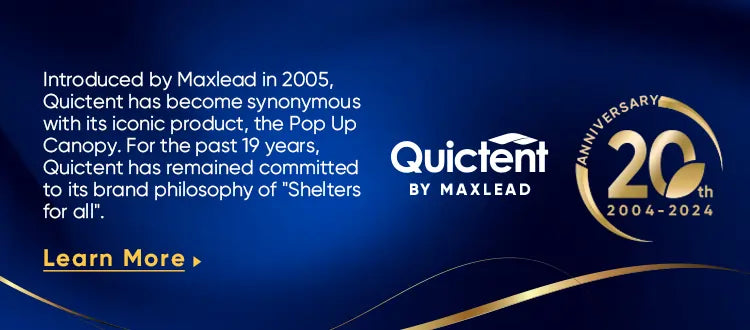If you were a greenhouse gardener, would you choose to grow your plants using tools like pots or garden beds or directly in the ground?

(backyard)
This question can confuse some gardeners. Both growing methods are indeed common, but which is better for your backyard greenhouse?
Features of growing plants in pots
Different types of planters
Plastic planters. Plastic planters are a cheap and easily available gardening tool. These planters are less likely to break when dropped and are durable and economical.

(potted plants)
Wooden pots. Wooden planters can be used to place shrubs and are a durable container.
Clay pot: Clay pots are traditional containers that are not easily tipped over or waterlogged.
Fiberglass planter. Fiberglass planters are durable. These planters are less likely to chip, crack, or fade.
Flexible in use
Gardeners often grow small plants in pots. You can place the planter anywhere in your greenhouse. In addition to the greenhouse, you can also move the planter indoors.
No risk of soil-borne diseases
Pathogens can build up in the soil and infect plants, a problem you can avoid if you use planters. You can fill the planter with a soil-free mixture, such as coir fiber or soil-free compost.
Decorate your backyard
Most planters come in a variety of colors and styles to choose from. By using different colors and styles of planters, you can beautify your greenhouse.
Disadvantages of growing plants in planters
Can't hold water for long periods
Planters can't hold water for a long period and will dry out quickly. So, for the plants in the pots to thrive, the gardener must water them frequently.
A limited number of plants can be grown
You can grow some small flowers, vegetables, and shrubs in pots, but most flowering perennials are best grown underground. Planters cannot accommodate larger plants, which have wider root systems.

(Potted Plants on Brown Wooden Shelf)
Requires constant fertilization
Most commercial potting mixes are based on coir fiber or peat. These types of potting mixes are low in nutrients. You will need to add compost to your potted plants frequently.
Features of growing greenhouse plants in the ground
Easy to water
Loamy soil retains moisture longer than pots filled with potting mix. You won't need to water the plants as often. Overwatering can harm your plants.
No need to change pots
Growing plants directly in the ground means there is no need to change pots. If you need to grow many plants in your greenhouse, you can grow them directly in the ground, which is convenient and easy to take care of.

(plants in the ground)
Lower costs
If you choose to grow plants directly in the ground, you won't need to buy pots and potting mix, which can save you money. What you need to do includes adding organic compost and watering.
Disadvantages of growing greenhouse plants in the ground
Lower soil temperatures
The soil temperature in a greenhouse can be low. The gardener should test the soil temperature before planting the plants. After determining that the soil temperature is suitable for growing plants, then start planting. You will also need to heat the soil if the soil temperature is low.
Vulnerable to pests and diseases
Soil is a host for diseases and pests. Many pests, diseases, and fungi are spread through infected soil. If you need to grow plants directly in the ground, you must check the soil first to ensure that the seeds are not affected by pests and diseases.
Ground or planter, factors you should consider
Space
If you have plenty of space, you can grow plants directly in the ground. If you have limited space inside your greenhouse, it is recommended that you choose planters or raised garden beds.
Soil
Plants thrive in organic, well-drained, and fertile soil. If the soil in your garden is of good quality, you can grow plants directly in the ground. You can use organic compost to improve the soil, but this is a time-consuming process.
If the soil in your garden is lacking in nutrients, it is recommended that you grow plants in pots. You can easily control the nutrients in your potting mix.
Growing Season
If you live in growing zones 1-3, your area has long winters and short springs and summers. This means that plants have a short growing season. You will need to set up equipment such as heaters or humidifiers in your greenhouse. Or you can grow your plants in pots and move them indoors.
Attractiveness
Planters can make your greenhouse look more interesting and attractive. You can choose from different colors and designs of planters to beautify your greenhouse. If you prefer a rustic greenhouse, you can grow plants directly in the ground.
What plants can you grow in the ground or planters?
Suggested plants to grow in pots
Lettuce
Lettuce is easy to grow. You can grow lettuce in any pot. Lettuce can be grown all year round without the need for skill, making it perfect for novice gardeners.
Peppers
Peppers are great to grow if you live in a place that gets full sun all year round. Your planter should be at least 12 inches deep. Placing your planter in an area with easy access to sunlight is beneficial for growing peppers.
Radishes
Radishes are one of the fastest-growing vegetables. This vegetable can grow well in containers or on the ground. To grow radishes you need a medium-depth planter, about 8 to 10 inches deep. Radishes are good for planting in the cool, early spring.
Spinach
Spinach should be planted in pots about 6 inches deep. Spinach likes cool weather and is suitable for planting in early spring along with radishes.
Zucchini
You will need a large deep pot to grow zucchini. Growing zucchini is easy and very productive. Zucchini needs full sun and is best planted in the spring.
Suggested plants to grow in the ground
Onion
Onions are a common backyard vegetable. Different onions have different sunlight needs. Onions are easy to grow and are one of the most popular underground vegetables.
Potatoes
Potatoes are a common vegetable and are often grown underground. When buried deep under the soil, young roots produce a large number of round tubers. These tubers develop into young potatoes.

(potatoes)
Beets
Beets are often used in soups, salads, and pies. This vegetable is suitable for planting in the spring. You should ideally start planting beets three weeks before your frost date.
Garlic
Garlic can be planted in the ground or pots. You can grow garlic in a greenhouse or on a balcony. Garlic is rich in vitamins C and B6 as well as many minerals. Garlic is often used to flavor various dishes.
Conclusion
You can choose to grow the plant in a pot or the ground. There are pros and cons to both pots and underground. You can choose the planting method depending on the condition of your backyard greenhouse.







